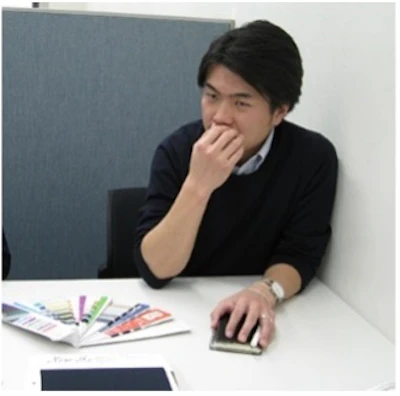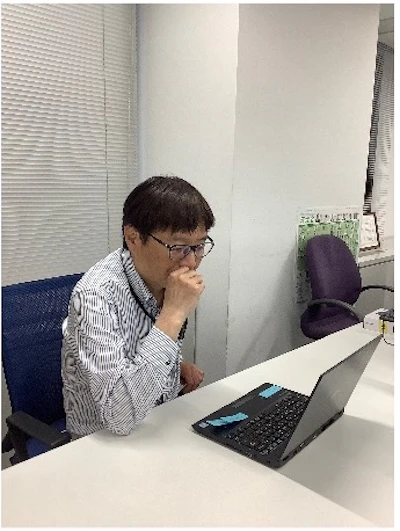12.29MON
Utilizing Industrial Waste Uniforms as a New Resource: "Chikuma no Loop"

Not only students but also companies frequently wear uniforms. They signify a sense of unity in the company and often symbolize specific job roles. These uniforms are commonly provided by the company.
What happens to uniforms that become unwearable due to age or are returned by employees who have resigned? You might think they are discarded as general waste, but actually, company uniforms are treated as industrial waste.
Because the handling differs from regular clothing, a specialized recycling system for uniforms is necessary. This is where Chikuma & Co., Ltd., known as "Uniform means Chikuma," comes into play.
The company's initiative, "Chikuma no Loop," is a recycling system centered around uniforms and is gaining attention as a new environmental conservation effort. This time, we interviewed Masahito Yamashita from the Marketing Department and Naohiro Nakamura from the Environmental Promotion Office about this recycling project.
PROFILE

Masahito Yamashita
Chikuma & Co., Ltd. Uniform Business Division Marketing Department Manager
Born in 1984, joined the company in 2007. After working in the Sales Department and Planning Department, he was assigned to the Marketing Department this fiscal year. He considers "sustainability" as a keyword and thinks daily about solving the challenges of those who create and wear uniforms.
PROFILE

Naohiro Nakamura
Chikuma & Co., Ltd. Environmental Promotion Office Environmental Project Manager
Joined Chikuma & Co., Ltd. in 1989. After working in the Planning Department of the Uniform Business Division and the Campus Business Division, he has been working in the current position since 2017.
Acceptance of Western Culture & World Expositions
Your company has been in business for 120 years. Are there any stories from the time of its founding?
This article is for members only.
Please register to read the rest of the article.
What you can do with a membership
- Read members-only articles
and use text-to-speech. - Unlimited article favourites
and browsing history. - Attend members-only events.
- Get the latest information
with our email newsletter.
CONCEPT VIDEO
"fashion tech news" Unveils New Logo & Concept Video
TOP ARTICLES
RELATED ARTICLES
CONCEPT VIDEO
"fashion tech news" Unveils New Logo & Concept Video
CONTACT
If you have any questions or enquiries, please enter your details in the form below.

















.png?w=400&fm=webp)

